“ON the wall of No. 56 rue Notre Dame de Lorette, Paris, is a tablet recording that here on June 8th, 1848 the painter Paul Gauguin was born. There is nothing in the street, which resembles all other Paris streets, nor in the grey house itself to emphasize the significance of this piece of information.” Those are the first lines of ‘Mon Pere Paul Gauguin’ by Pola Gauguin, Paul Gauguin’s youngest legitimate child. Pola met his father only once, when he was seven years old. ‘My Father Paul Gauguin’ was published in 1937 and was later translated from Norwegian to English by Arthur G. Chafer.
Paul Gauguin spent his days in Tahiti in abject poverty and sickness made worse by his affairs and unhappy family life. His wife and the mother of Pola, Mette Gad raised her children on her own in denmark at her family home. Pola Gauguin himself grew up to be an artist and his brother Paul Rene Gauguin was a renowned sculptor.
On the birth anniversary of the great genius from the post-impressionism school, we are republishing the preface to Pola Gauguin’s book. The book that is now in public domain is available in soft and hard copies for those who might be interested. It provides an unbiased glimpse of a tumultous life.
I AM the son of Paul Gauguin and a mother brought up in good bourgeois surroundings. In her home I grew up and predictions as to my future were many and various, ranging from solicitous doubts of how I might turn out, being the son of my father, to the somewhat too facile but dubious renown his name brought me later. A purely external resemblance in appearance and manner intensified the opinions people formed about me. The mystery which surrounded father’s existence during my childhood and even in my adolescence was of great significance a mystery which was deepened every time a letter came from him to mother; missives from far away, which for a little while rendered the strong and ever active woman silent and reflective. We children, without being told what was in these letters, instinctively felt the weight and significance of the words, and with the aid of the pictures we had at home, to us so familiar, to others strange, we freshened up the image of him derived from a short visit he paid to Denmark when I was barely seven a memory which remains with me to this day, clear and vivid as ever. Even now I recall with surprise how strange his language and his manner then seemed to me. That this was a father was something that was quite beyond my comprehension. The image has grown ever clearer and more alive with the passing of years. But it is always the same just as he stood there, reserved, short-spoken, but moved, in the presence of his youngest son, whom he did not know and who, as he was aware, could not understand him so do I see him still, the grown-up man, the stranger, Paul Gauguin, my father.
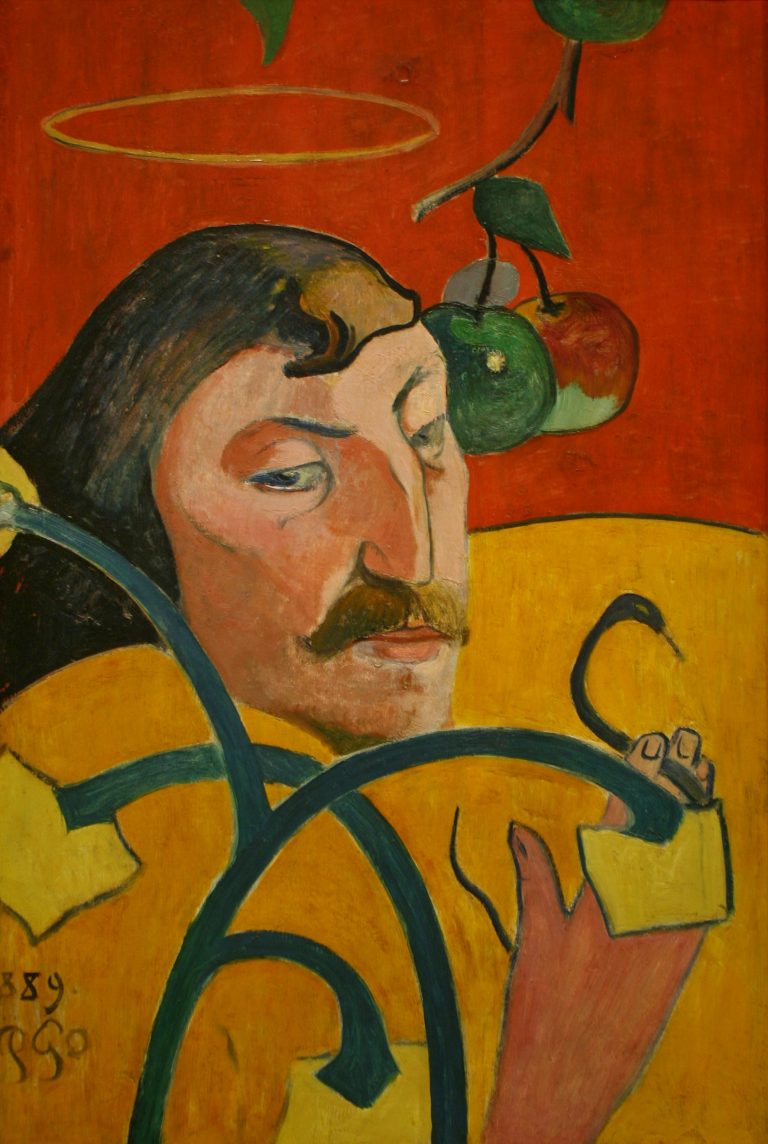
But the impression was sharply defined on the child’s retina and gave him a feeling for every little thing which might in any way concern his father’s life and work. Every idle word and every grain of gold that was let fall in connection with his name was gathered up and preserved. And the exclamation one heard so often: Why, you’re just like your father!” bound one closer to the image and set off its character; even if at times it retreated into the obscurity of the subconscious, it invariably returned each time to the light of consciousness, clearer, stronger, and more penetrating. No doubt while I was a child and right up to my father’s death, when I was twenty, it was a fancy portrait, based on a few facts only.
But the picture was a consistent whole. Then the facts were added. First his two books, Noa-Noa and Avant et Apres, with the commentaries I was able, as a grown man, to coax out of my mother. Commentaries that were remarkably clear, impartial, and revealing, supported by an excellent mefnory and stirred by a powerful but cool temperament, interspersed with a good deal of wit and humour and much practical self-esteem, born of family pride and ambition. But they were accompanied by a very human and frank understanding of the man to whom she had borne five children. She knew and respected the talented and industrious bank clerk she had married, appreciated his practical sense and many-sided ability, admired and was not a little proud of his health and strength. But Gauguin the artist was a stranger to her, and she never learned to understand this side of him.
The mystery which surrounded father's existence during my childhood and even in my adolescence was of great significance a mystery which was deepened every time a letter came from him to mother; missives from far away, which for a little while rendered the strong and ever active woman silent and reflective.
It was beyond her comprehension that a man of his gifts and qualifications should take up anything so aimless as the career of an artist.
After reading Jean de Rotonchamps’s and Charles Morice’s biographies, which, by the way, give very different accounts of Gauguin’s character both as man and as artist, mother decided that they gave no true portrait of him as a man; and in Somerset Maugham’s novel The Moon and Sixpence she did not find a single trait of Strickland which had anything at all in common with her husband. Gauguin’s published letters to Daniel de Monfreid aroused pity in her without changing her view and without throwing any shadow over father’s letters to her. Shortly before her death she gave me these letters:
“Read them and they will give you a fairer estimate of your father; publish them if you think fit. He was a strong man both in his disposition and in his actions, without malice or suspicion. Perhaps he was rather inconsiderate in his candour and in acting according to his convictions, but he was always calm and consistent, without fanaticism I could not understand his taking up art, though now I understand that he had a right to act as he did. But surely no one can be surprised that I refused to accompany him and bear him more children in an existence which to my mind was a mad and hopeless adventure.”
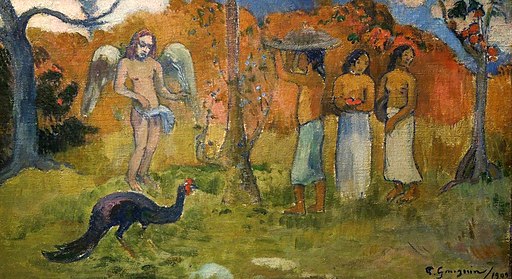
To me these letters, together with an intimate study of his art, have been a valuable help in completing the image of Paul Gauguin which has followed and haunted me all through my youth and also to some extent during my subsequent career as an artist.Besides the books mentioned above I have been much assisted by Frederick O’Brien’s White Shadows in the South Seas and by conversations with some of father’s friends, in particular the French sculptor and ceramic artist Paco Durio. These have been of great importance not merely as affording authentic information regarding definite events of father’s life, but also in helping me to understand the surroundings in which he lived.
What those who were directly associated with him have to say of him as a man is of so conflicting a character that I am convinced his feeling was introspective and that underlying it was a very strong emotional life which did not easily find expression in everyday intercourse.
And again his image is brought before me as I saw him face to face for the first and last time, the son in the presence of the father.
Years have passed, facts have accumulated, and one’s own experiences of have explained much. The father I did not understand as a boy of seven has become Paul Gauguin, and when I attempt to draw his portrait it is not the son that loved his father who is writing, but myself, whose eyes have been opened to Gauguin as artist and man by experience of art gathered in the course of a life devoted to art and determined by its conditions. Many inner voices, good influences and bad, have combined to lead me into the right way.
Images courtesy: Wikimedia Commons





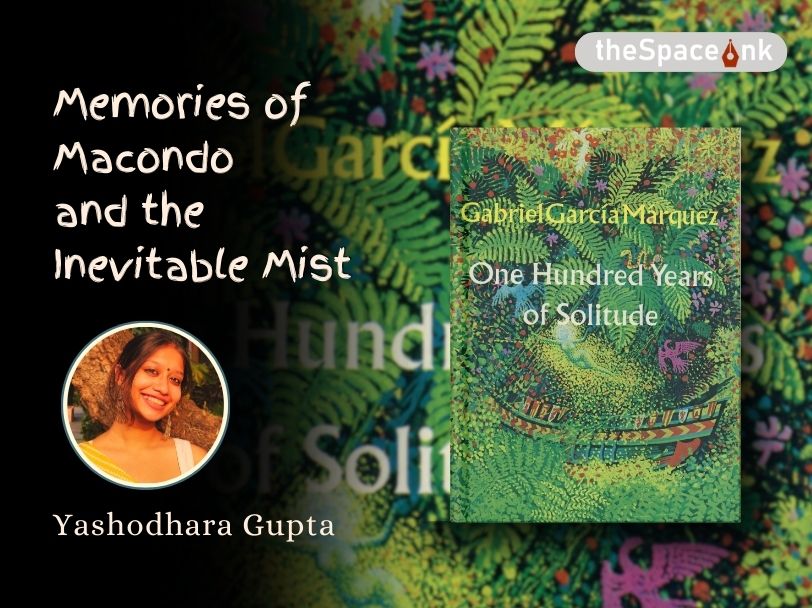
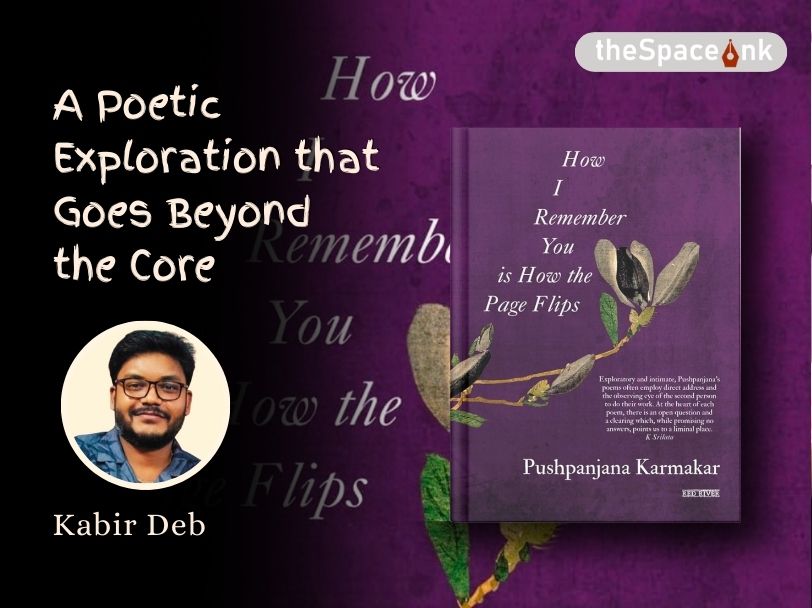
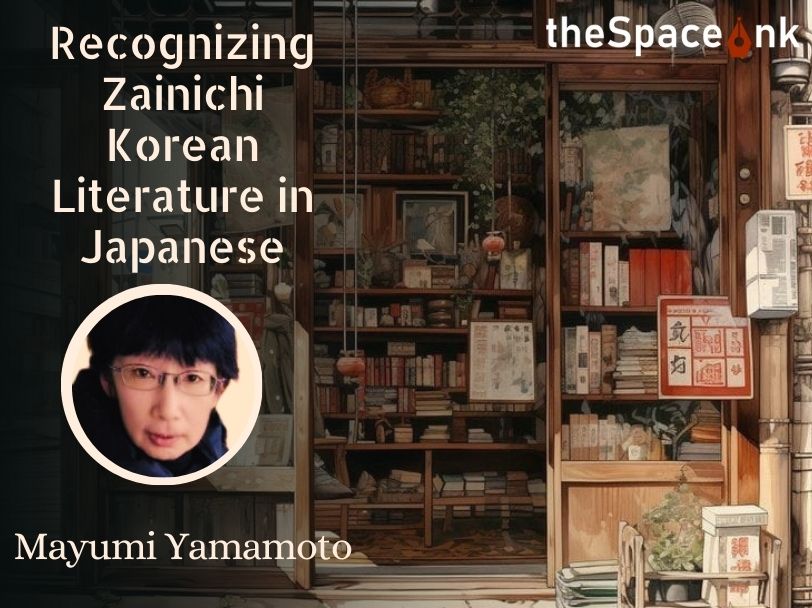
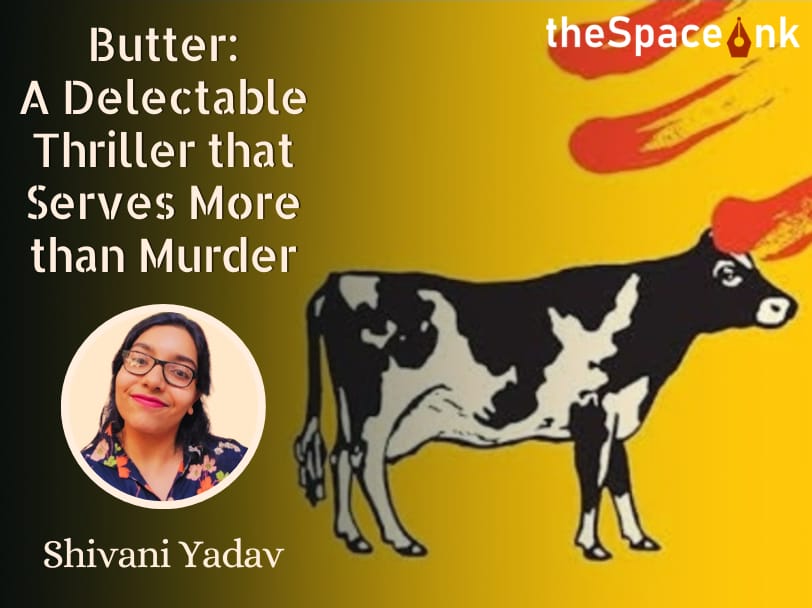
3 Responses
Thank you so much for featuring this excerpt! I have been intrigued, awestruck and fascinated by Paul Gaugin’s art ever since I was a child and all these feelings are tied up with memories of my father, who introduced me to Gaugin’s works in the first place. So this piece has really struck a personal chord. Thank you so much, once again!
There is a typographical error in my comment; please read ‘Gauguin’ instead of ‘Gaugin’ in both instances..
Thank you so much for featuring this excerpt. I have been awestruck, fascinated and intrigued by Paul Gauguin’s art ever since I was a child, and all of these feelings are tied up with memories of my father, who introduced me to Gauguin’s works in the first place. This is piece has struck a very personal chord indeed. Thank you once again!